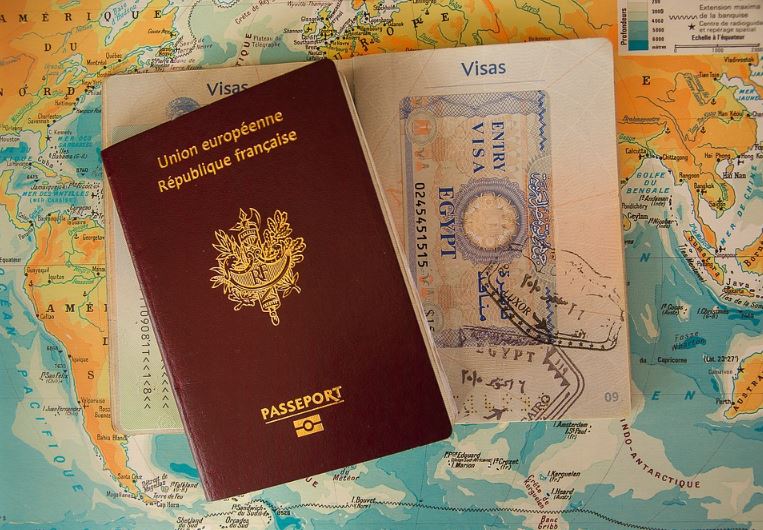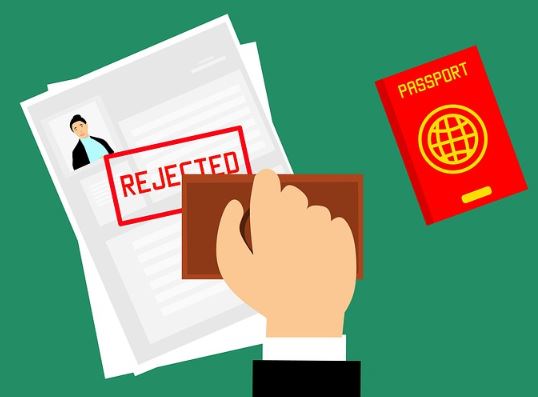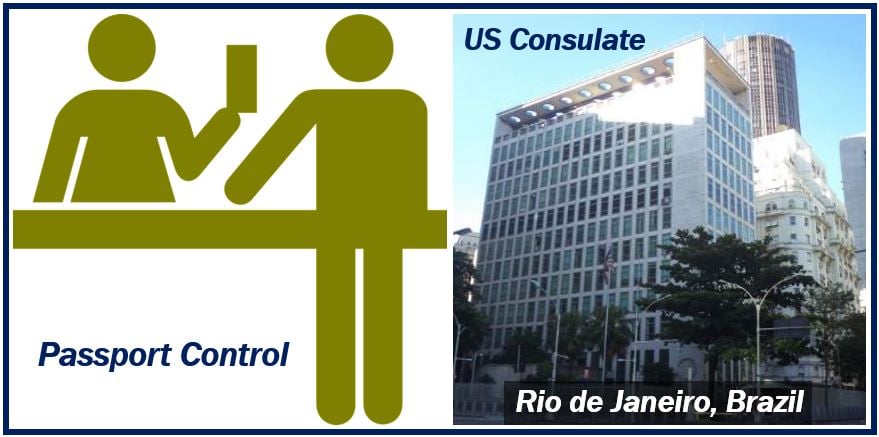
A visa is a passport endorsement authorizing the holder to enter and stay in a country for a certain period. It also authorizes them to leave that country. In other words, it is a permit that a country’s government gives a passport holder that allows that person to visit that country.
Visas are typically stamped on the individual’s passport either at passport control when they enter a country or at a consulate. The stamp, which is sometimes accompanied by a document, states what kind of visit the person is making and how long they can remain.
Some countries require visitors from specific countries to attend an interview at their consulate before they are granted a visa.
Onlinevisa.com, a website with updated online visas information, has the following definition of the term:
“An official stamp, mark, or document that allows a person to enter or leave a specific country. The stamp is usually made in a passport.”
Etymology of the word visa
Etymology is the study of the origin of words and how their meanings have changed over time.
According to etymonline.com, the term first appeared in the English language in 1831 with the meaning “official signature or endorsement on a passport.” It came from the French word Visa, which came from the Modern Latin word Charta Visa, meaning “verified paper.” The Latin term literaly means “paper that must be seen.”

Different types of visas
There are many different types of visas, such as transit, tourist, business, or temporary worker visas. Let’s look at the most common ones:
- Tourist Visa: as the name indicates, it is the most common way for tourists to enter a country. The visitor can enter the country for a limited period, but cannot carry out any business activities.
- Transit Visa: used for people who are in transit, i.e., passing through a country to another destination. In other words, the traveler is using the country or city is a stop-over.
- Visa on Arrival: the traveler is granted this visa at an airport, seaport, or border control post of his or her destination country.
- Business Visa: the visitor can engage in commerce during their stay in that country. However, they are not allowed to look for a job.
- Temporary Worker Visa: the person is allowed to work in that country for a specific period. When it expires, they can apply for a new one or an extension.

- Diplomatic Visa: the person has diplomatic status in that country. This status gives them certain privileges and protection from prosecution.
- Student Visa: the holder is allowed to study in that country at a college, university, or other institution of higher learning.
- Courtesy Visa: typically given to representatives of international organizations or foreign governments.
- Spousal Visa: given to the husband or wife of a citizen or resident of a country.
- Journalist Visa: required in some countries for visiting reporters and journalists. Saudi Arabia, the United States, Iran, Cuba, and North Korea, for example, issue this type of visa.
- Immigrant Visa: people intending to immigrate are granted this type of visa. In most cases, the holder will later be granted permanent residence.
Visas not always required
Some countries have reciprocal agreements so that their citizens do not require a visa. Germans, for example, can travel to all European Union countries without visas.
People from the European Union, Australia, New Zealand, Japan, South Korea, and some other countries do not need a visa to enter the United States (Visa Waiver Program).

